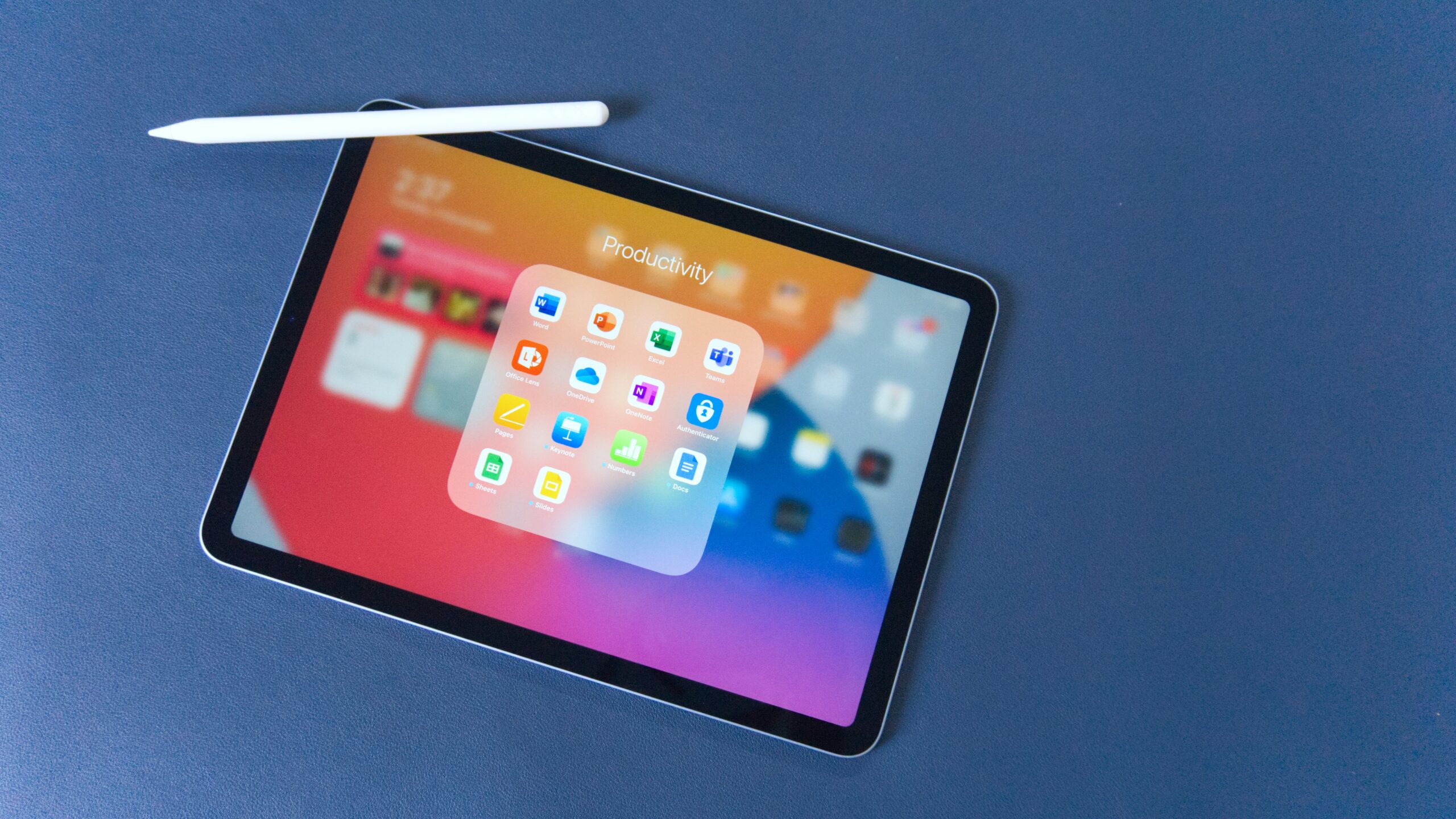Following on from Part One, here is the second part of my toolbox. This post will focus on my writing and reading apps – into how I create content and my personal knowledge management.
WRITING
Scrivener (Large projects)
Because Scrivener can be set up for the individual, I am only going to state what is my current setup and features that I use. As I am writing a nonfiction novel, I use features that may not be needed if you are a fiction writer. I in particular use the label setting to track what part of the narrative I am in; eg, whether it is my thoughts, newspaper articles or the story itself. I have a different colour for each section. I am also using the footnote section, and have my preferred software as Endnote.
Although there is the capability to import my research into the document itself, I don’t. Mainly because there is a lot of it and as some doesn’t import properly, it is easier to do it through Windows Explorer instead.
WordPress (Writing Blog Posts)
Although this could change, as it currently stands – I write my posts straight into WordPress. As this one was. There may be some occasions in the future where I don’t write on my laptop and instead use the app, but the process is still the same. It is the same application. I should also mention that this is the same for Scrivener as I have both apps on my iPad.
With WordPress, there is no special setup, as it is pretty bulk standard for everyone. I do have my own naming conventions with what categories and tags I use.
Notion (Tracking Blog posts)
I have already talked on Notion in my previous post about how I organise my projects and goals. Another way I use it is to track my writing on smaller pieces, the ones I do for this blog, and as a word tracker for all that I write. The only place I don’t track the number of words that I write is in my Obsidian, only that I wrote and added to it. I also track my income from Medium.
In my blog database I have columns for:
- Blog title
- Blog ID (URL)
- Words
- Post type (whether its a short one, a response post or a staple of my blog)
- Date posted
- Status (what stage in the production it is, from idea to posted
- Research (checkbox)
- X Medium (whether I have cross posted it on Medium)
- Category (what area on the blog it is filed under)
- Series (whether it is part of a smaller series)

PKM
Obsidian
Over the past nearly 2 years, I have moved my notes from Notion into Obsidian. Speaking only for myself as a creative – I have found that the most effective notetaking app I have used yet. Though, like Scrivener and WordPress there is an app – if you don’t have a keyboard with your iPad or another device, it may be more difficult if you use shortcuts.
The way I use what are considered tags and links in Obsidian is a modified version of what Bryan Jenks does, or used to do as this video is from December 2020.
Put simply, I use words inside the double square brackets as links to what will eventually become pages in my Map of Content. I use them as placeholders for when there are enough links connected to them I then activate it and turn it into a page.
Evernote
This is the oldest tool in the box. Since getting into Evernote in 2010 I have gone through periods of being a paid and free user. Though there are still things that I find frustrating about the platform, I have not given up on it entirely.
The way I use it has drastically changed though. Once it was my main notetaking tool, now it has come to be mainly used for two main reasons.
Archive – I use it to store any receipts of memorabilia that is fading and want it kept long term. This includes old tickets, receipts that I need to keep and a record of my blog posts.
Scrapbook – I use it as a scrapbook, and by that, I mean using the Evernote Clipper to collect things on the internet. Though I could use a place in my Obsidian for this, I don’t want to clutter it with needless information until I need it.
Depending on how and when I feel like writing, I may use Evernote for that as an alternative to WordPress app.
Inoreader
This is how, after a long time, I have found a way to keep up with blogs without plugging up my inbox. This is having a trial this year and I have had to make changes already. Firstly, I cut down the number of things I followed, as I check it weekly I don’t want to feel overwhelmed.
I just need to get in a routine of actually checking it too… but a bonus of this app and the next one is they both sync to Readwise.
Instapaper
This is for articles on websites that I don’t subscribe to but check occasionally. I really use this when I got down rabbit holes and find blogs on the topics I am researching.
I tend to save up the articles and read them in bulk.
Readwise
This app assists me so much with notetaking. What this app does is that it pulls all the highlights I make into one place. This includes many services however, I use Kindle, Inoreader, Instapaper, Twitter, Libby and Medium.
I did for a while use Airr to highlight podcasts but that was too fiddly for me, so I do them by hand using Spotify.

Leave a Reply